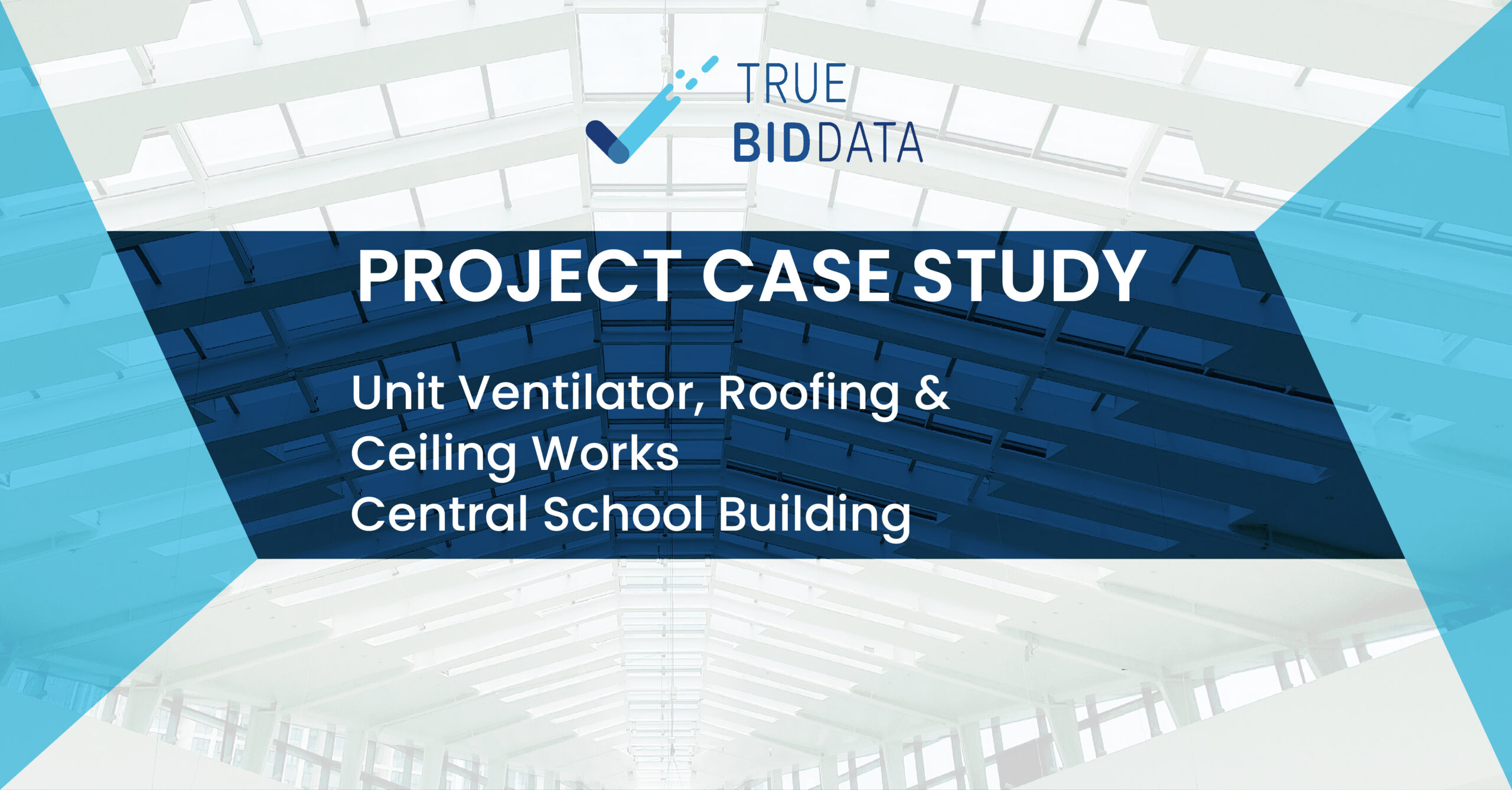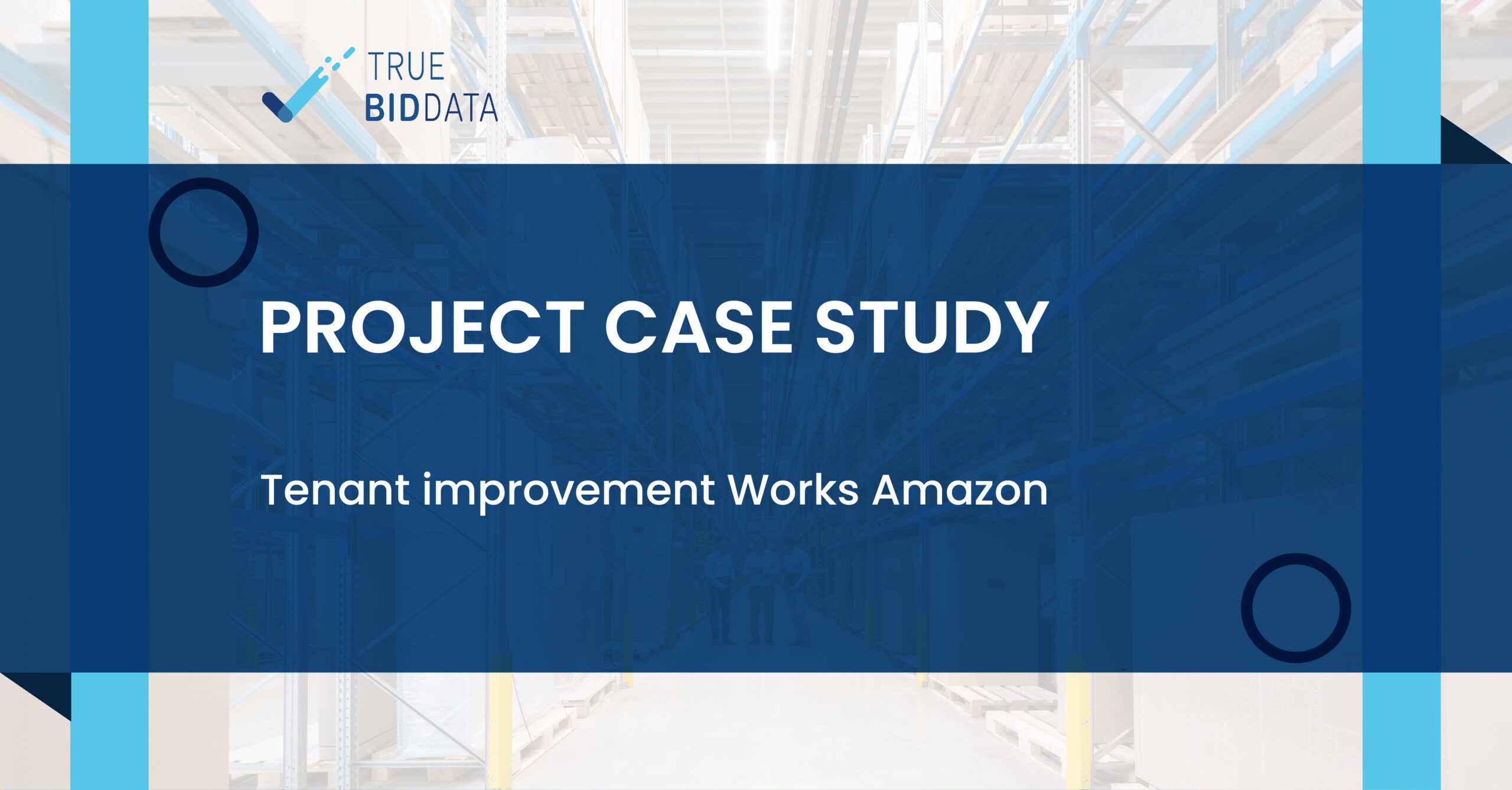
n construction, material precision is everything—especially in framing. Lumber estimating plays a vital role in ensuring project success by converting structural plans into a reliable database of quantities, specifications, and cost insights. Whether for single-family homes, large-scale multifamily buildings, or commercial wood structures, understanding how to estimate lumber efficiently and accurately is non-negotiable.
At True Bid Data, lumber estimating is more than counting sticks—it’s about generating structured material lists that feed directly into project budgets, supplier orders, and cost tracking systems.
What Lumber Estimating Covers
Effective lumber estimating covers all framing components, including:
- Studs and plates
- Joists and rafters
- Roof trusses and beams
- Headers, sills, and blocking
- Sheathing (OSB or plywood)
- Hardware (hangers, nails, fasteners)
Each component varies by length, grade, and type (e.g., SPF vs. Douglas Fir), so it’s essential to break down the takeoff into exact counts by size. A framing plan without accurate estimating leads to two outcomes: site delays due to short orders, or budget overruns from excess material and waste.
Data-Driven Framing Estimating at True Bid Data
True Bid Data approaches lumber estimating using a structured digital workflow. Every line of framing is measured using takeoff software, then analyzed using proprietary cost templates that factor in:
- Length and spacing rules (e.g., 16” OC studs, 24” OC joists)
- Plan complexity and framing type
- Material waste percentages (usually 10–15%)
- Current lumber pricing by region and supplier
The result is a real-time view of how each wall, floor, and roof section converts into cost and procurement needs. This isn’t guesswork—it’s data-backed estimating tied to your construction drawings.
Material Breakdowns and Unit Cost Clarity
Lumber estimating requires a layered view of cost data:
- Material Quantities: By size and type, ready for supplier RFQs.
- Waste Factors: Customizable by project type or lumber grade.
- Unit Cost: Linked to actual supplier pricing or RSMeans benchmarks.
- Framing Cost per SF: For tracking and benchmarking across jobs.
With True Bid Data, all of this is documented in CSI Division 06 format, so it can be easily plugged into master estimates, subcontractor comparisons, and cost forecasting models.
Use Cases: Why Contractors Rely on Lumber Estimating
Lumber estimating impacts nearly every stage of a project:
- Pre-Construction: Enables competitive, transparent bids.
- Procurement: Prevents over-ordering or mid-project shortages.
- Cost Control: Reduces budget deviations and helps track usage.
- Scheduling: Aligns delivery timelines with framing progress.
- Value Engineering: Identifies opportunities to reduce board lengths or swap framing methods for efficiency.
Contractors who track these patterns build historical databases that inform future bids, subcontractor negotiations, and resource planning.
Framing Analytics: Lumber Estimating Beyond the Takeoff
Lumber estimating isn’t just about today’s quantities—it’s about building future insights. With True Bid Data’s analytics approach, estimators and project managers can gain:
- Cost per linear foot of framing
- Stud count trends by building type
- Board length optimization reports
- Seasonal cost fluctuation tracking
- Supplier cost variation maps
These insights give contractors leverage when locking in lumber prices, selecting vendors, or advising clients on design impacts.
Lumber Estimating for Subcontractors vs General Contractors
Subcontractors need clear cut lists with real-time pricing, while GCs need structured reports that integrate into full project scopes. True Bid Data customizes reports based on the user role:
- For Framers: Piece-by-piece breakdowns, fast order-ready output.
- For General Contractors: CSI-aligned reports, markup options, and quantity summaries that plug into cost forecasts.
- For Owners and Developers: High-level budget comparisons and material insights.
This ensures everyone from the site to the boardroom is operating from the same data.
Build with Confidence at True Bid Data
Whether you’re bidding tight deadlines or managing framing crews across multiple sites, precision in lumber estimating helps you control costs, reduce waste, and streamline operations.
At True Bid Data, our lumber estimating services bridge the gap between design intent and real-world execution—providing accurate takeoffs, transparent pricing, and digital reporting to keep your project on track from the start.




